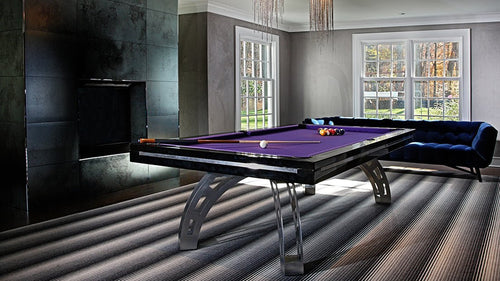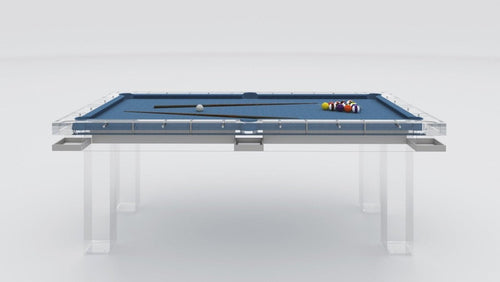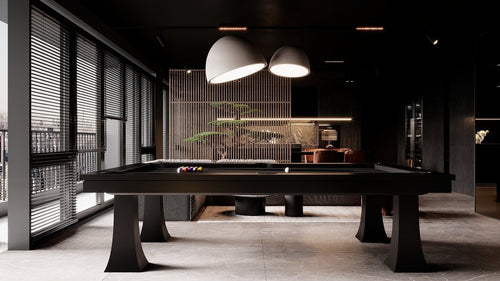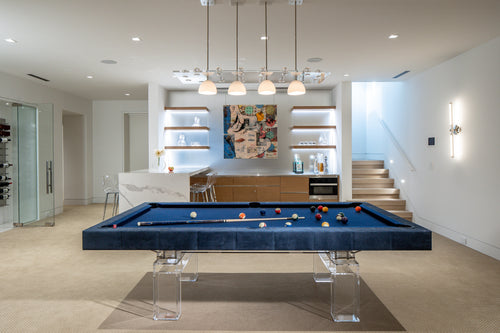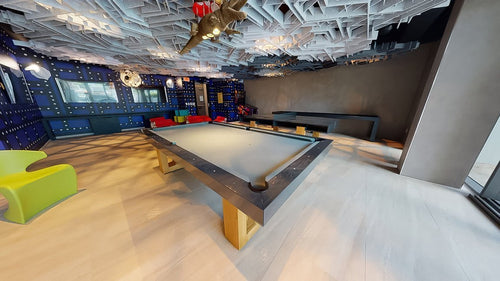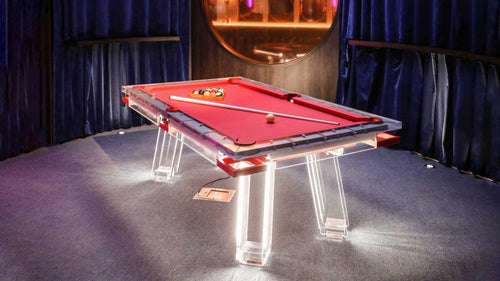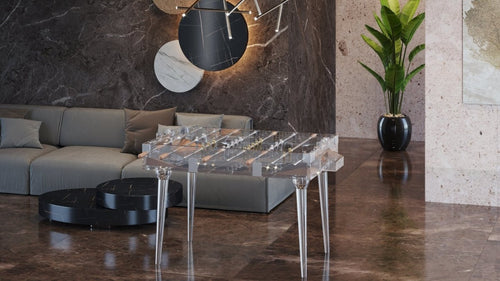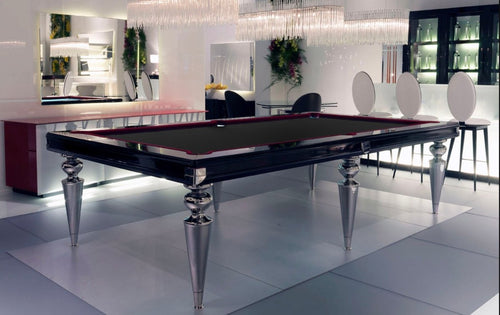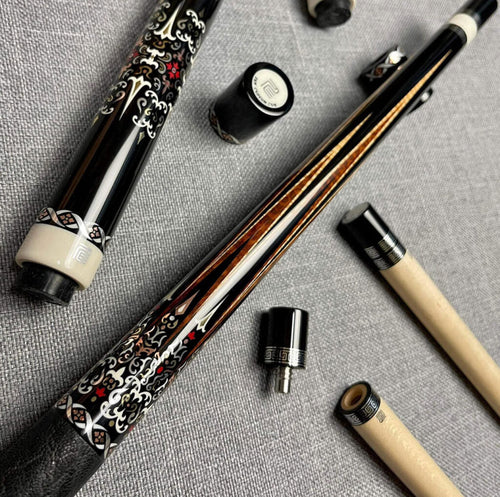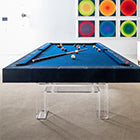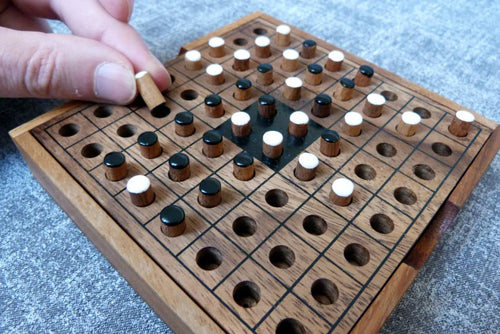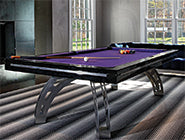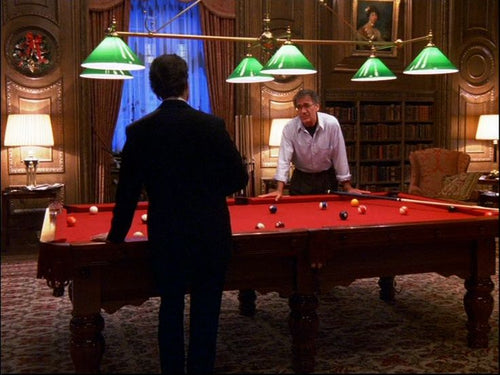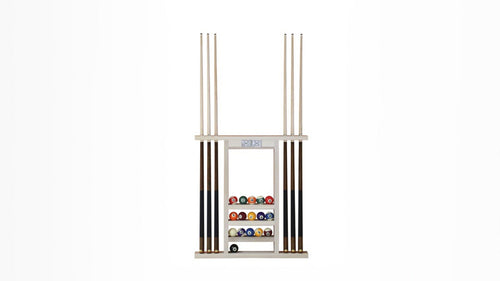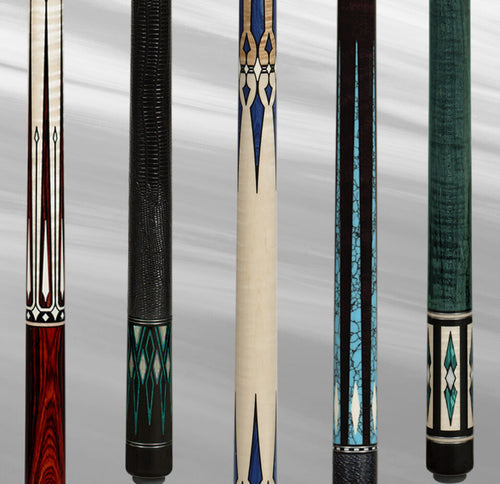Enjoy our modern designs
Estimated Read Time: 7 mins |
The Victorian Era (1837–1901) was marked by the collision of industrial innovation and ornate design excess, spawning both a riot of decorative styles and the earliest design reform movements.
The Victorian Era in Britain corresponds to the long reign of Queen Victoria (1837–1901). This period is seen as transitional, overlapping with the late stages of the Revivals and coinciding with a significant part of the Industrial Revolution and the emergence of reform movements like the Arts and Crafts and Aesthetic movements. Stylistically, Victorian design, especially in England and America, is primarily characterized by the proliferation of various types of decorative, and often over-decorative, ornamentation.
The Victorian era was profoundly shaped by the Industrial Revolution. This brought immense social and economic changes, leading to the rise of a new middle class eager to display wealth and status through richly decorated objects and interiors, rivaling the old aristocracy.
Industrialization made ornamentation easy and inexpensive: power looms for textiles, cast iron for carving reproductions, and machines for detailed woodwork. Design became increasingly separated from the crafts, as factory owners dictated taste based on what the public desired—a maximum of ornamentation. The Great Exhibition of 1851 at the Crystal Palace famously highlighted this contrast: the building itself a marvel of modern iron and glass, while the exhibits inside were a "riot of decorative frosting" and "an excess of tastelessness."
Architecture in Victorian Britain
- Mansions for the wealthy were often gigantic, attempting to reproduce historic styles like Tudor, Elizabethan, or Jacobean. Examples include Peckforton Castle (Gothic imitation) and Elveden Hall (Italianate exterior, Mughal interiors).
- Middle-class houses might maintain restrained Georgian or classical exteriors, but interiors were typically cluttered and ornamental. Even modest suburban homes often embraced "cozy charm" through decorative interiors.
- Public buildings reflected Victorian taste: Westminster Hall stood beside the new Houses of Parliament (Sir Charles Barry & A.W.N. Pugin) with overwhelming Gothic detail.
- Architects like Richard Norman Shaw developed the Queen Anne style—irregular plans, red brick with white trim, large bay windows, and rich interiors full of detail and comfort.
- William Butterfield’s Gothic Revival work used strong colors, glazed brick, and geometric tile patterns, reflecting a conviction about structural validity.
Victorian Interiors and Furnishings
Victorian interiors favored heavy ornamentation. Furniture was large and ornate. Factory-made textiles showcased heavy, colorful floral patterns with braiding, fringe, and tassels. Wallpaper with elaborate designs became popular, and color trends shifted from bright to darker, muted tones (browns, olives, mauves). Interiors were typically cluttered with patterns and objects, and new materials made decorated objects widely available through department stores and catalogs.
Reform and Reaction
A reaction against Victorian excess emerged with the Arts and Crafts movement, inspired by John Ruskin. It advocated hand craft, honesty in materials, and design based on natural forms. William Morris and Philip Webb produced textiles, furnishings, and houses with simpler, uncluttered interiors, challenging prevailing taste. The related Aesthetic movement, often incorporating Japanese influences, further provided alternatives to Victorian norm and set the stage for later design developments.


